Space Technology Hall of Fame
Environmental and Resource Management
Sewage Treatment With Water Hyacinths
For more than a decade, NASA’s laboratories conducted research on the use of water hyacinths for treating and recycling wastewater for application in space colonies and long duration manned space flights of the future. Researchers discovered that water hyacinths thrive on sewage by absorbing and digesting nutrients and minerals from wastewater. Thus a means of…
Fabric Roof Structures
In the late 1960s, NASA’s Johnson Space Center went searching for a lightweight, non-combustible fabric durable and strong enough to protect the astronauts in an alien, zero-gravity environment. One American company, Chemical Fabrics, a specialty weaver and coater, was already experimenting with advanced composites. ChemFab wove the specially designed Owens Corning Fiberglass yarn into a…
Heat Pipe Systems
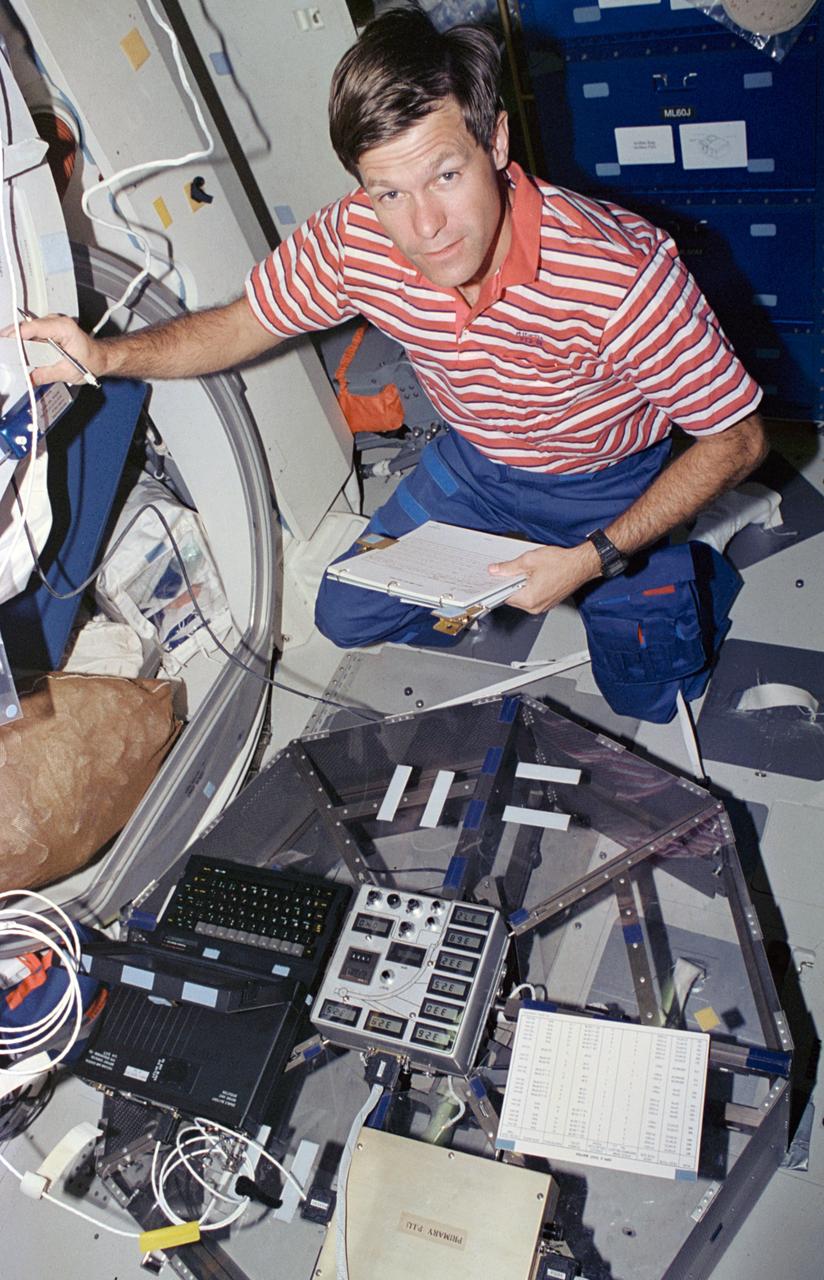
In the early days of NASA’s space research, there was concern over problems of temperature control of non-rotating satellites. The side facing the sun would build up excessive heat, and the opposite side would become very cold, thus a serious threat to the survival of electronic and other spacecraft systems. To address the problem, Los…
Earth Resources Laboratory Applications Software
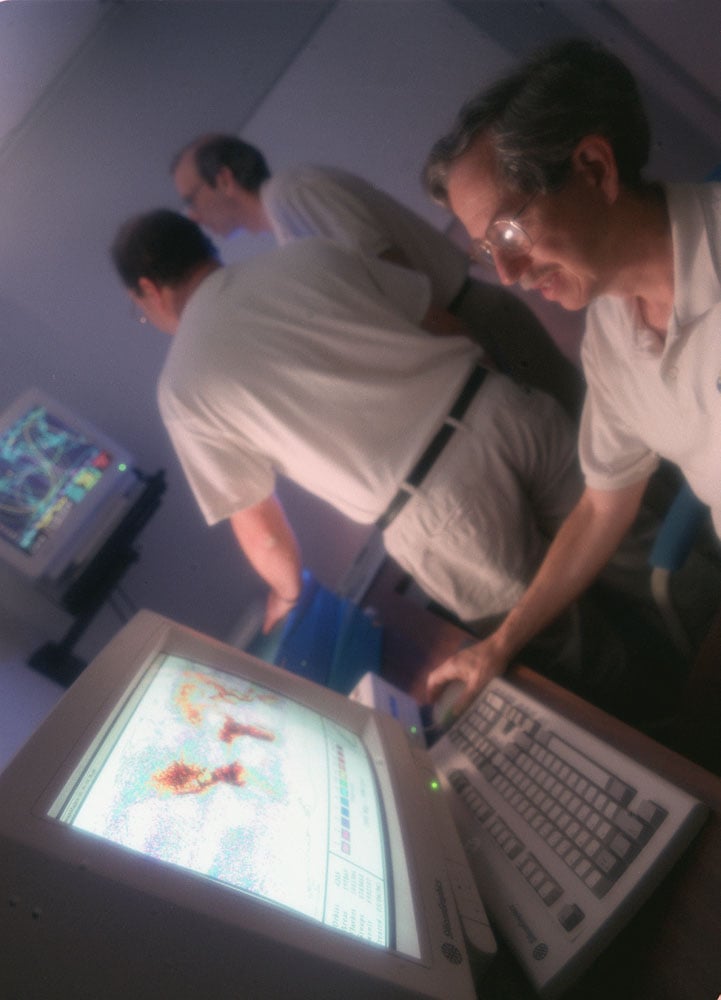
In 1978, the Science and Technology Laboratory (STL), formerly the Earth Resources Laboratory (ERL), at NASA’s Stennis Space Center (SSC), began its program of image and geographical information system processing of satellite and airplane data. This data-gathering process is known as remote sensing. It is technology that enables meteorologists, scientists, climatologists, and others to monitor…
Direct Readout Satellite System
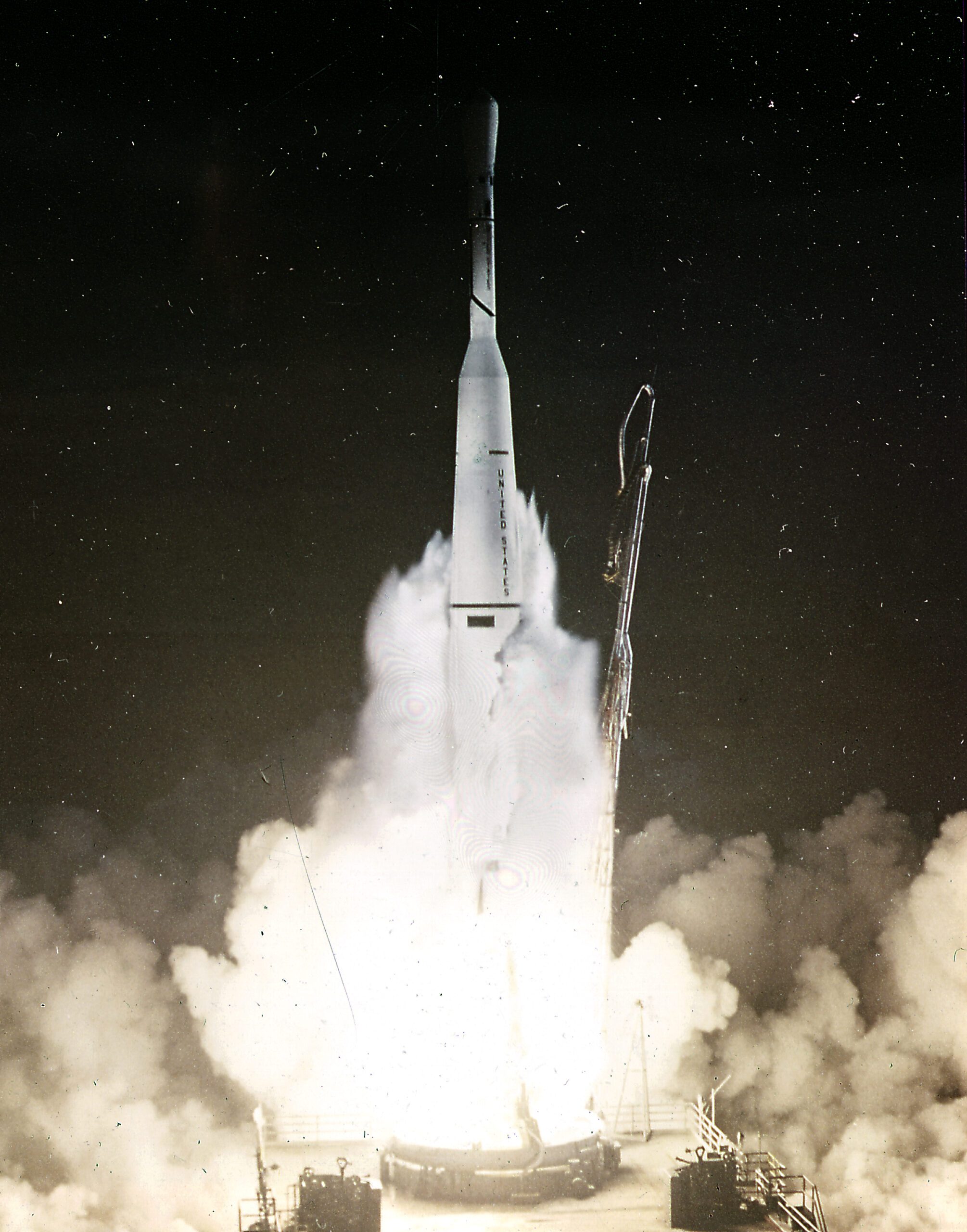
The Automatic Picture Transmission (APT) was first transmitted in December 1963 from TIROS VII (Television Infrared Observation Satellite) as an experiment. The purpose was to demonstrate the feasibility of sending images of cloud formations from the weather satellite direct to the user, anywhere on the face of the Earth. The only requirement was that the…
Anti-Corrosion Coatings
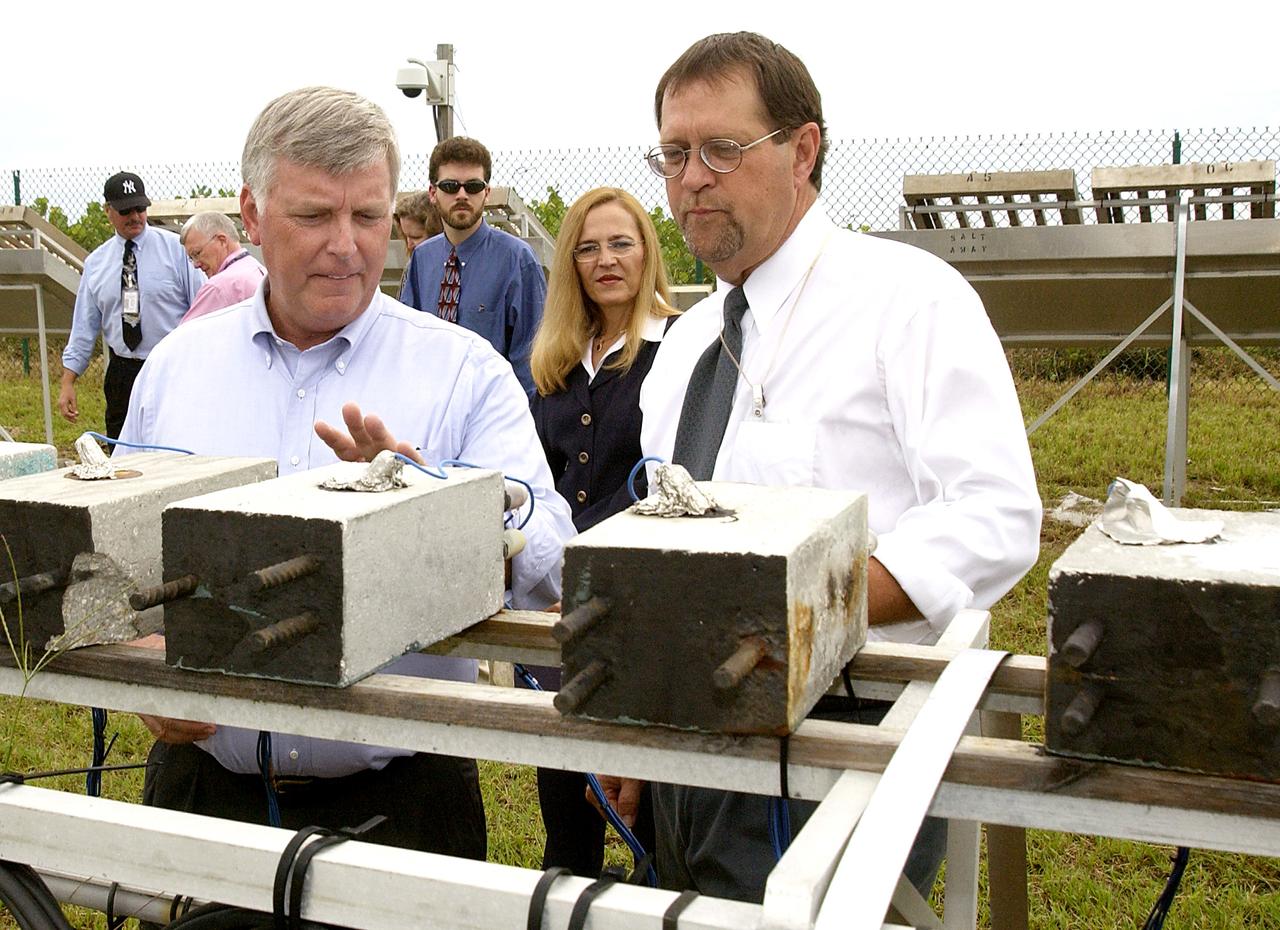
NASA has had requirements for anti-corrosion coating for use in many space-related applications. For example, one need was for a superior coating to protect gantries and other related launch structures at NASA’s Kennedy Space Center (KSC) in Florida. At coastal facilities where external structures are subject to the corrosive effects of ocean spray and fog,…
Quantum Well Infrared Photodetectors (QWIP)
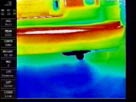
Understanding climate changes and the parameters influencing the climate is very important. Infrared imaging is an important technology for gathering useful information however, prior to 1990, no photo-detector arrays had been fabricated that would operate at infrared wavelengths necessary for detecting these changes in ecosystems. In a unique collaboration between the Goddard Space Flight Center,…
NanoCeram Superfilters
The demand for safe water is growing as consumers become more aware of waterborne pathogens. Thanks to cooperative efforts with NASA to develop advanced water recovery systems for long duration space flights, NanoCeram filters far exceed current filtration systems to satisfy the most difficult water treatment requirements. A variety of filter configurations, including pleated and…
Hyperspectral Imaging Systems
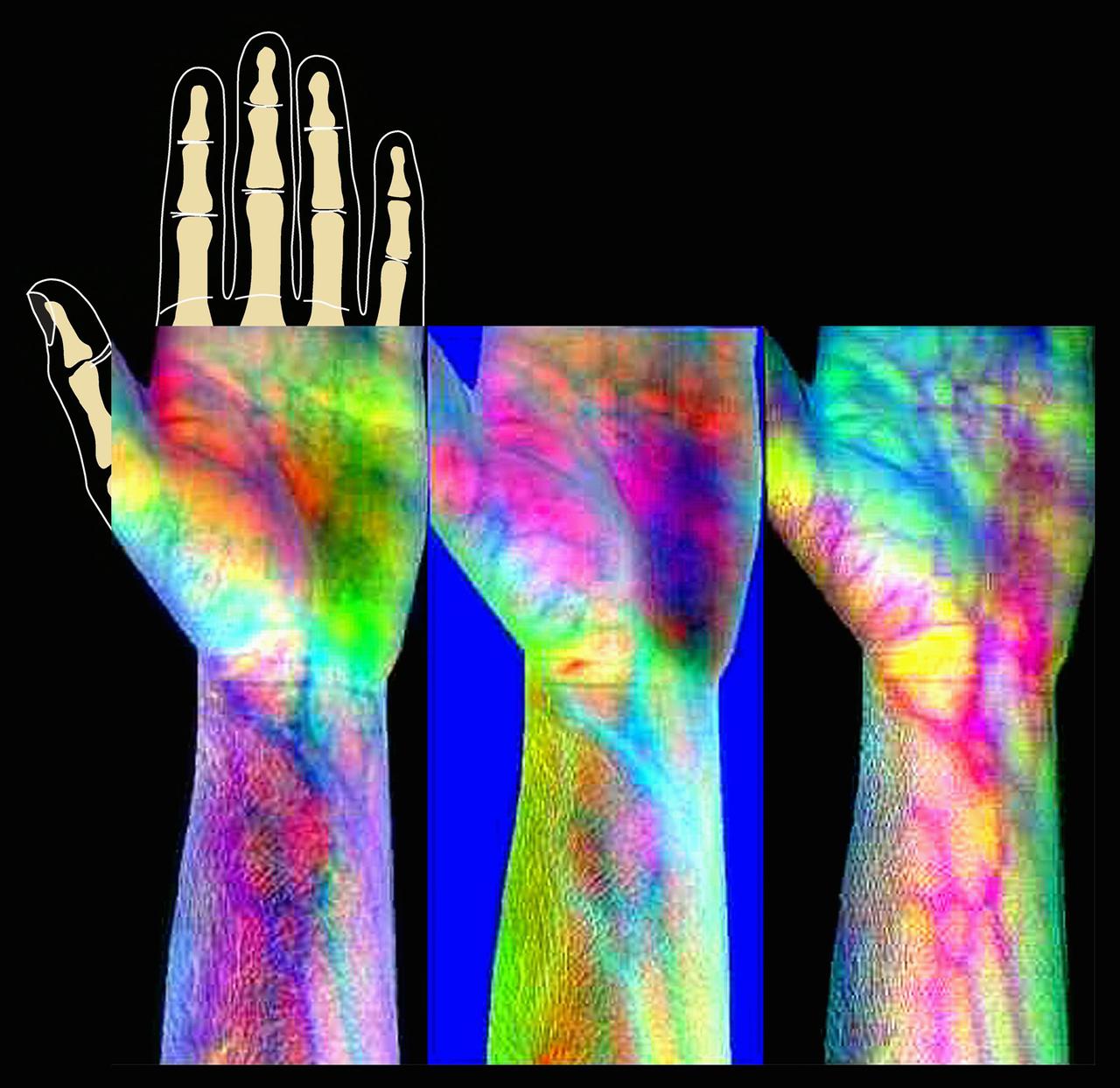
Used in a space exploration support role, hyper-spectral sensors capture reflected energy from observed objects, which is then analyzed to identify attributes not otherwise visible. Working with NASA, the Institute for Technology Development (ITD) has radically reduced sensor size and eliminated the need for sensor or target motion. These innovations have opened a range of…
Microbial Check Valve

When NASA needed advanced water purification for the Shuttle Orbiter they turned to Umpqua Research. The resulting Microbial Check Valve or MCV system continued to treat Shuttle water sources with a patented iodinated resin system providing both contact microbial kill and residual iodine to supply astronauts with safe drinking water. Looking to the International Space…
